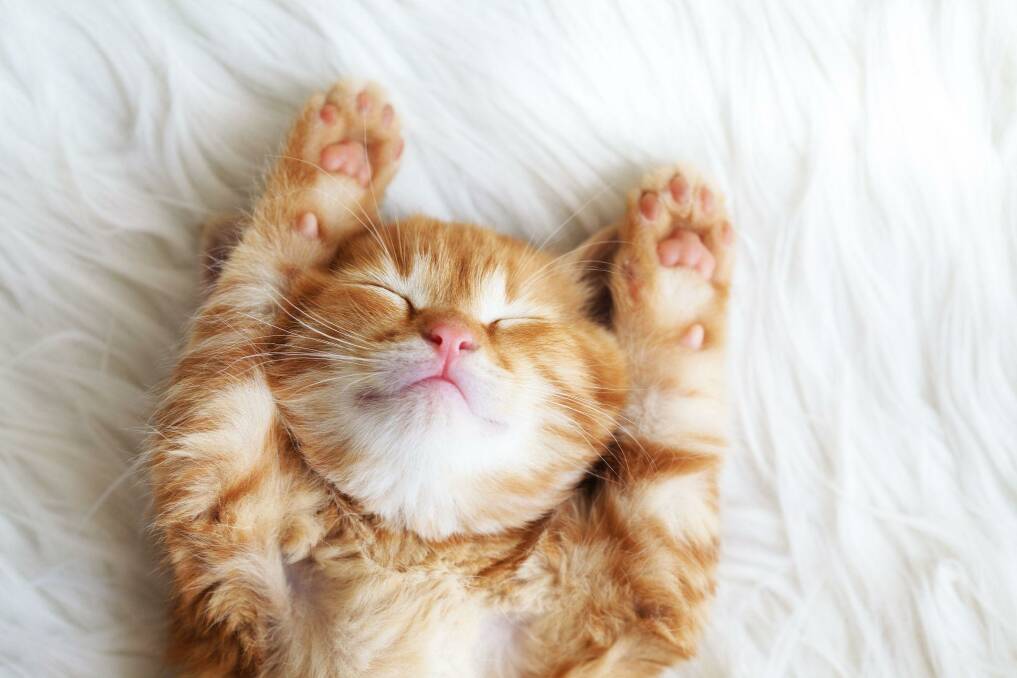The dozing diagnosis: Top tips for better napping

This is branded content.
Are you a serial siesta seeker? Always looking for where your next nap could be and perpetually seeking sleep? Well, this is the list for you.
Not all naps are created equally, and we're here to help you get your best moment of rest. Sometimes, there's just nothing better than catching some midday zzzs, so read on to find out how to get the best quality slumber without any of the groggy repercussions.
Get comfy
We've all fallen into the trap of telling ourselves that we'll just close our eyes for two minutes. Then, two hours later, we're awoken by the blinding light of our open shutters, immediately followed by a sharp neck spasm from having it bent at a right angle over the entire course of the nap.
This is no way to sleep, even if you're simply grabbing some shut-eye in between errands. Even if you're just doing a speedy reset rest so that you can be more alert longer into the evening, it's time to set the mood.
One of the best investments you can make in your napping is a sofa bed. These will look stylish as a couch while giving you optimal comfort when you're sneaking in a quick siesta.
Next, it's time to slip off anything constricting and slip into some cosy comfort clothing. Even if you're simply planning on a mid-afternoon catnap, chances are that you won't achieve your best rest if you're busy trying to ignore the feeling of tight clothing cutting into you.
Finally, it's time to set the mood; just because it's not time to get your full eight hours, doesn't mean the quality of your sleep should be compromised.
Shut out any bright light in your direct vicinity, whether that's winding down blinds, closing shutters, or simply investing in a silk eye mask to give you your best quality rest.
But, light isn't the only thing you need to block out, try and find a quiet space to lie down in, chances are if your mind is busy attempting to ignore various sounds, you won't get the relaxation you were looking for.
If you can't find a quiet enough area, popping in some headphones and listening to white noise is a great way to distract yourself, you'll be dozing off before you know it.
Keep them short
Sometimes a sleep feels too good to wake up from. You may have set your alarm for twenty minutes later, but how bad would it really be to snooze it, so that you could snooze a little longer?
Surely, a two-hour nap is better for you than a twenty-minute one. After all, you've rested for longer, so you should feel better. Unfortunately, this is not the case.
Studies have shown that the best naps are ones that range between ten to twenty minutes, otherwise, you could be left fighting off sleep inertia which is the feeling of intense grogginess and disorientation, this is definitely not the desired goal you're after when you have a catnap.
Napping, however, can be great for your health. When timed right, they have the potential to relax you, improve your productivity and reduce fatigue.
If you really want to be as alert as possible after your midday shuteye, time your nap to start right after you have a coffee, caffeine takes approximately twenty minutes to kick in, so having a twenty-minute power nap directly after you consume your afternoon cappuccino means the caffeine should kick in as soon as your alarm goes off is perfect timing.
Know when to nap
Now that you know how to set the scene for the perfect sleep, and your alarm is timed to ensure you get that optimum twenty minutes, it's time to talk timing.
Knowing when to catch your forty winks is imperative because you don't want to end up harming your sleep schedule. The early afternoon is a prime time for your sleep situation.
Seeking out some shut-eye post 3pm can negatively affect your eight hours, as it makes you more susceptible to insomnia, or just poor sleep quality. This, in turn, makes you exhausted the next day leading you to take longer naps in order to get through the day, which is a harmful cycle to fall into.
However, longer naps post midday don't just lead to a grumpy mood and an increased need for caffeine, they can also increase your susceptibility to health problems such as depression, so much like we generally have a bedtime that we stick to, it's important to know when to snooze and when to stay up.
It's also important to follow your own instincts. If you're trying to grab a few moments of shut-eye but after five or ten minutes you find it just isn't working, don't force it, as this may make you feel even more groggy and is just generally unproductive.
Instead, try a few moments of meditation to try and return to a better level of focus, or make yourself a healthy and balanced meal to restore your energy levels in a beneficial way.
So, now you know that there's a right and wrong way to nap. If you follow this guide, and get yourself cuddly and comfy, in a quiet, calm place and keep the catnap to a twenty-minute period, you're sure to feel relaxed, with renewed energy and a fresh feeling to take on the rest of your day, without harming your sleep schedule.


